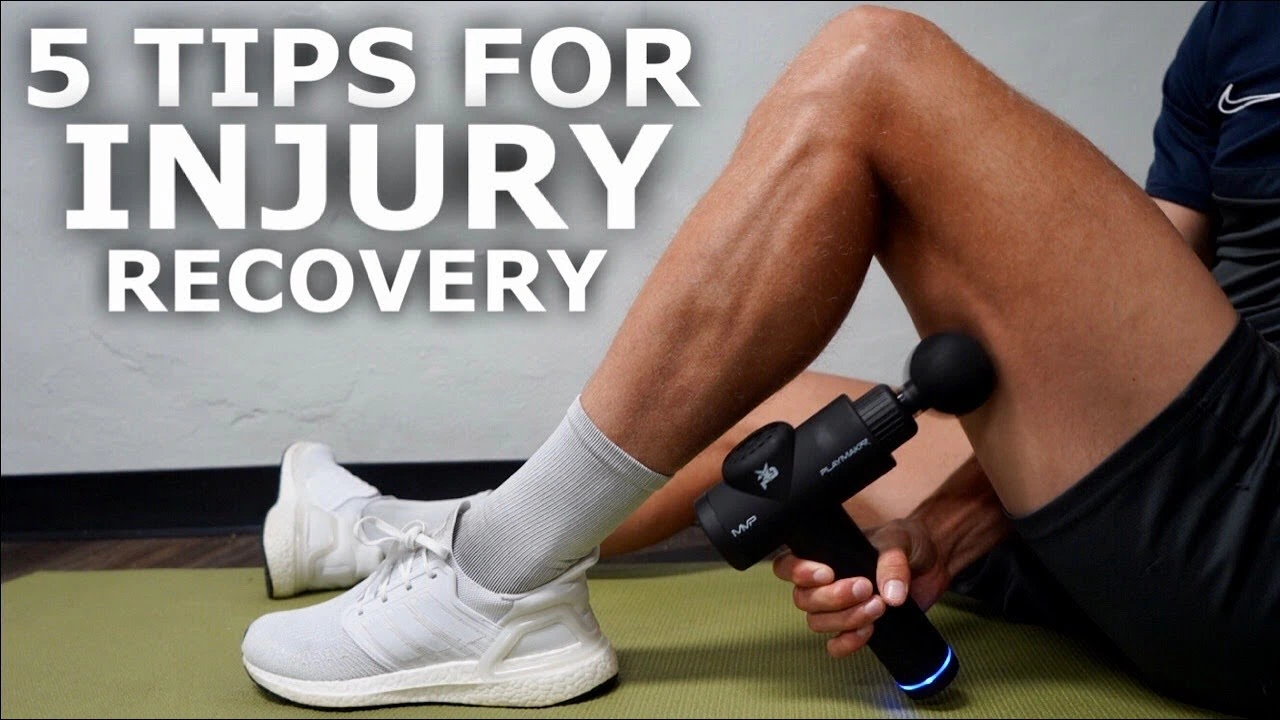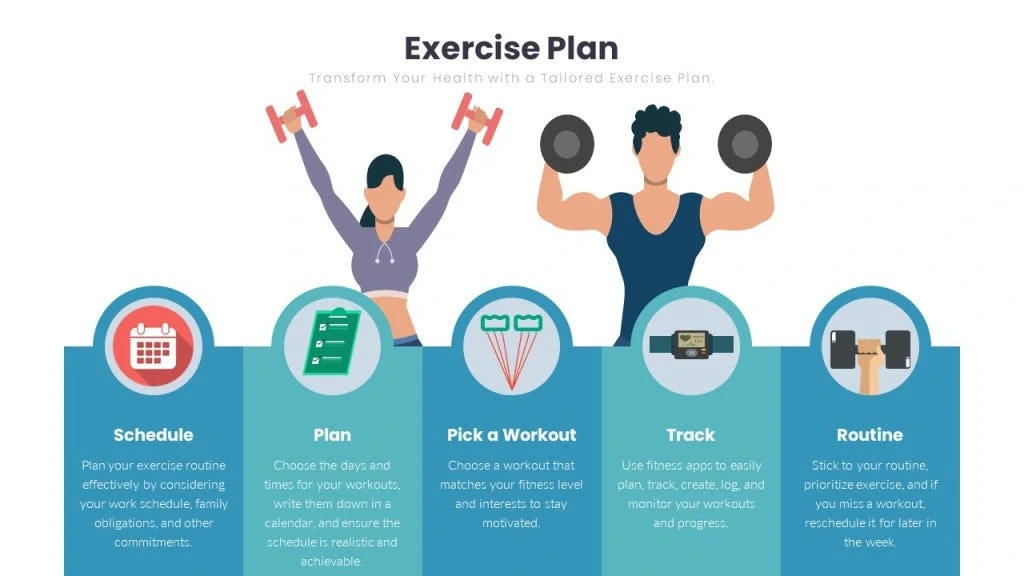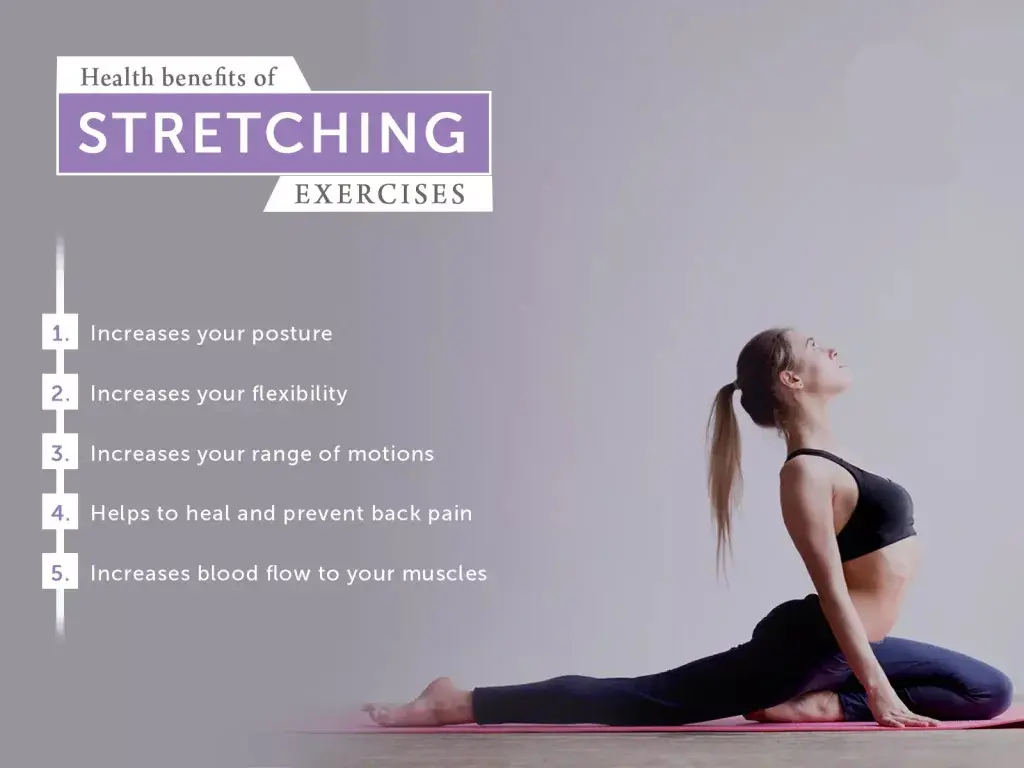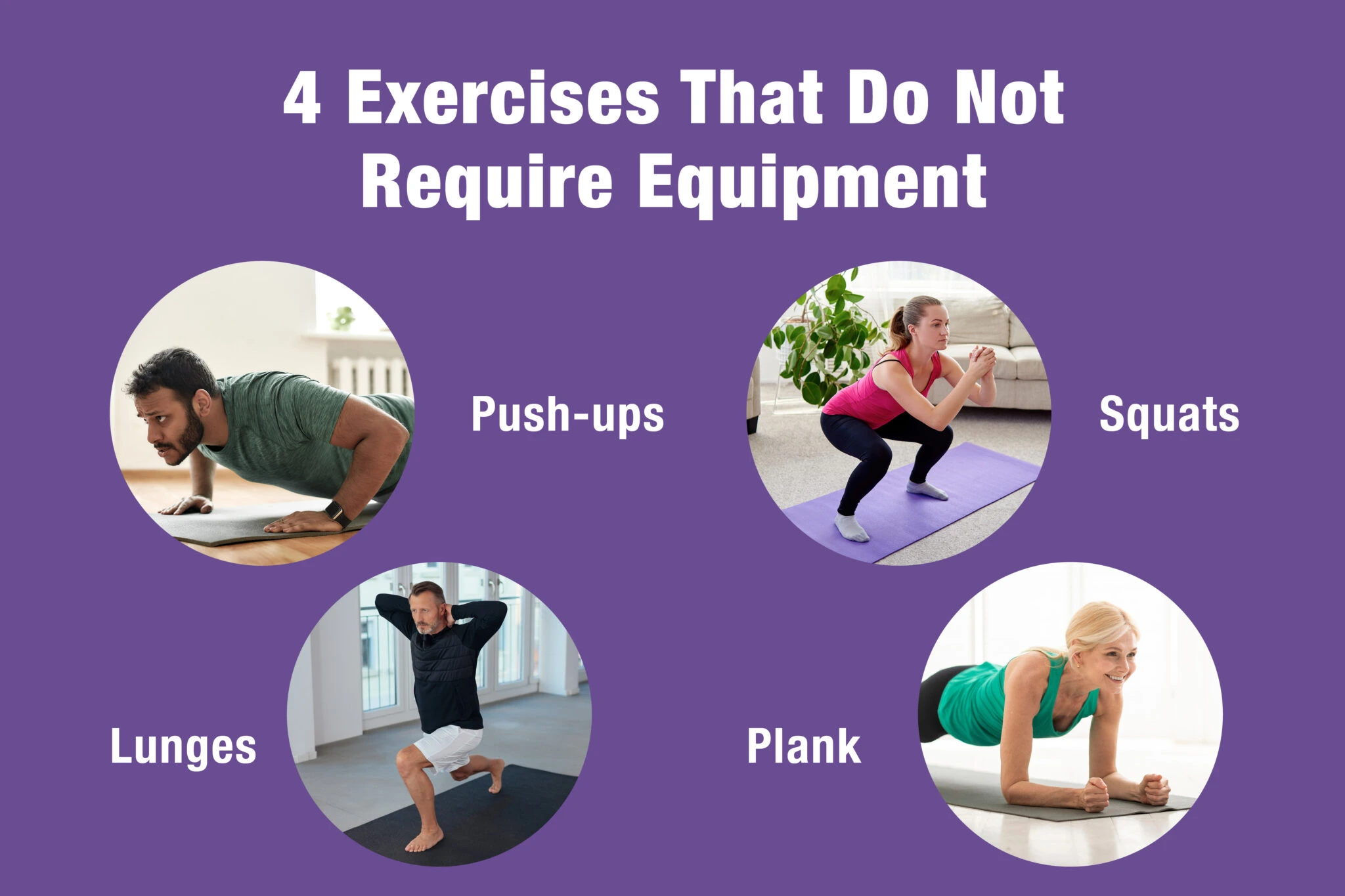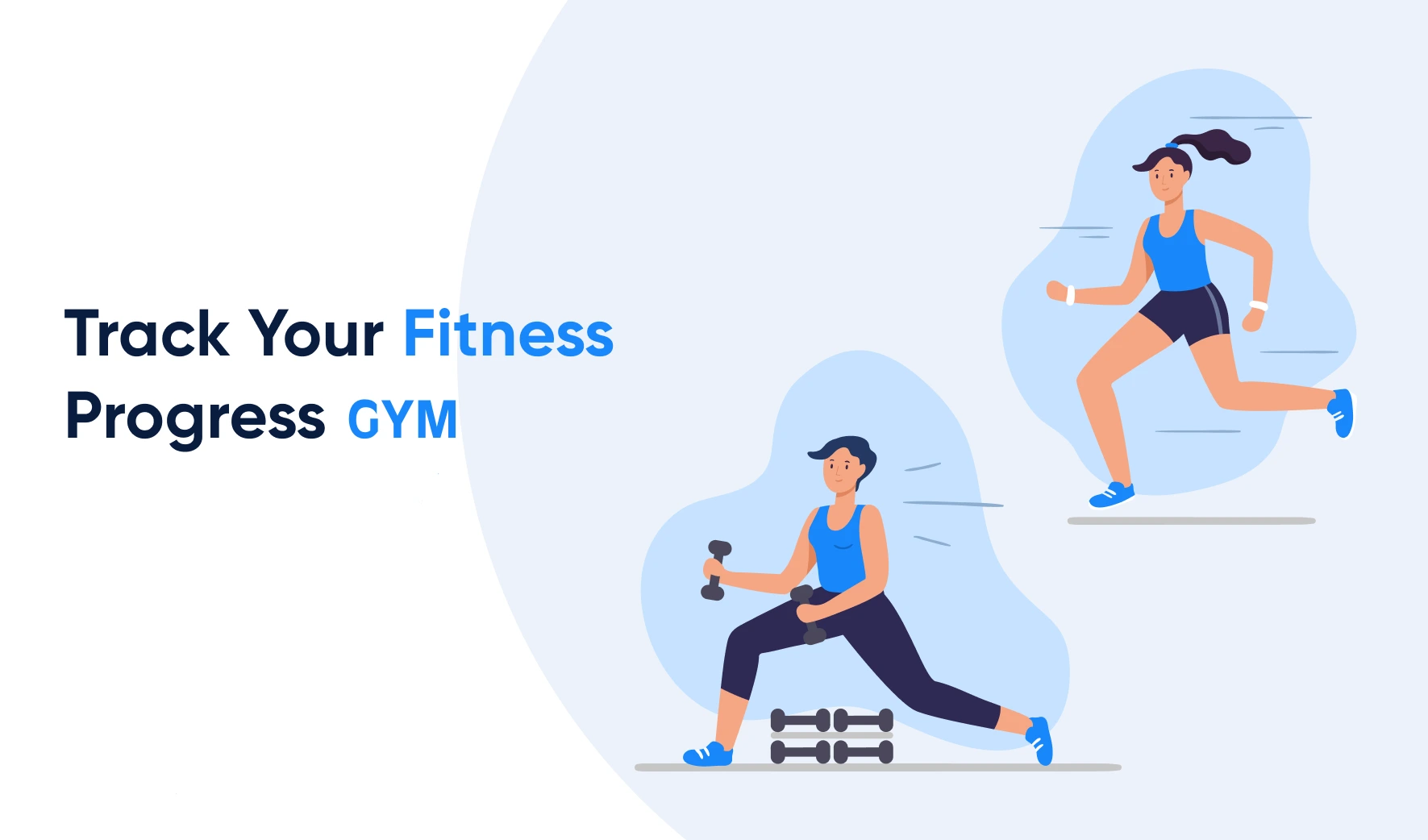Ever felt sore and stiff after a workout? Or maybe you've pushed yourself a little too hard and ended up nursing an injury. Recovery is an essential part of any fitness journey, but it’s often overlooked. Taking care of your body after exercise can make all the difference in avoiding injuries and improving your performance over time.
Here’s how you can prioritize recovery without sacrificing your fitness goals.
Why Recovery Matters
When you work out, your muscles undergo tiny tears—don’t worry, it’s a good thing! Recovery allows those muscles to repair and grow stronger. Skipping this step can lead to overuse injuries, prolonged soreness, and even burnout.
Common Consequences of Poor Recovery:
- Injuries like sprains or muscle strains
- Fatigue and reduced performance
- Persistent soreness that affects daily life
Building a Recovery Routine
1. Hydrate Like It’s Your Job
Did you know that even mild dehydration can increase muscle soreness? After a workout, your body needs water to flush out toxins and aid in muscle repair.
Quick Tip:
Add electrolytes if you’ve had a particularly sweaty session. Coconut water or electrolyte tablets are great options.
2. Stretch and Stay Mobile
Static stretching post-workout helps reduce muscle tightness and improves flexibility over time. Think of it as a cool-down ritual your body craves.
My Personal Insight:
After a run, I spend 10 minutes stretching my hamstrings and quads. It’s made a noticeable difference in how quickly I recover.
3. Prioritize Sleep
Your body does most of its repair work while you’re sleeping. Aim for 7–9 hours of quality sleep each night to help your muscles recover and grow stronger.
Nutrition’s Role in Recovery
What you eat after a workout plays a big role in recovery. Your body needs the right nutrients to replenish energy stores and repair muscle tissue.
Post-Workout Nutrition Tips:
- Protein: Helps rebuild muscle.
- Carbs: Replenish energy.
- Healthy Fats: Support overall recovery.
Snack Ideas:
- A protein shake with a banana
- Greek yogurt with berries
- A turkey and avocado wrap
Active Recovery Days
Taking a day off doesn’t mean sitting on the couch all day. Active recovery can keep you moving while giving your body the break it needs.
Examples of Active Recovery:
- A light yoga session
- A leisurely bike ride
- A short walk
Fun Fact:
Active recovery increases blood flow, which helps deliver nutrients to sore muscles.
Tools and Techniques for Faster Recovery
1. Foam Rolling
Foam rollers are great for relieving muscle tightness and boosting circulation. Spend 5–10 minutes rolling out your major muscle groups post-workout.
2. Massage Therapy
Can’t book a professional massage? Try a handheld massager or even a tennis ball to work out stubborn knots.
3. Cold Therapy
An ice bath or cold shower may sound unappealing, but it works wonders for reducing inflammation and soreness.
Personal Experience:
After an intense leg day, a 5-minute cold shower leaves me feeling refreshed and less sore the next day.
How to Recognize When You’re Overtraining
Listening to your body is crucial. If you notice these signs, it might be time to scale back:
- Constant fatigue
- Persistent soreness
- Difficulty sleeping
- Decreased performance
Preventing Injuries Through Smart Recovery
Recovery isn’t just about what you do after a workout—it’s also about how you prepare and move during exercise.
1. Warm Up Properly
Spend 5–10 minutes warming up before diving into your workout. This increases blood flow and prepares your muscles for action.
2. Focus on Form
Poor form can lead to injuries, especially during strength training. Don’t be afraid to ask for guidance or use a mirror to check your posture.
3. Gradually Increase Intensity
It’s tempting to push harder, but increasing weights or intensity too quickly can strain your muscles and joints.
Real-Life Recovery Story
A friend of mine, a marathon runner, ignored recovery protocols for years. Eventually, she developed shin splints that sidelined her training for months. After working with a coach, she incorporated stretching, foam rolling, and better hydration into her routine. She hasn’t had an injury since.
Recovery for Different Types of Workouts
Strength Training
- Focus on protein-rich meals.
- Stretch major muscle groups like your chest, back, and legs.
Cardio
- Hydrate with electrolytes.
- Stretch your calves and hamstrings.
Flexibility and Mobility Workouts
- Keep moving gently throughout the day to retain flexibility.
- Stay hydrated for joint health.
FAQs About Workout Recovery
Q: How soon after a workout should I eat?
Aim to refuel within 30 minutes to an hour for optimal recovery.
Q: Is soreness a sign of a good workout?
Not always. While some soreness is normal, extreme pain can indicate overtraining or improper form.
Q: Can I recover faster with supplements?
While supplements like protein powder can help, whole foods are just as effective.
Closing Thought:
Recovery isn’t just a step in your fitness journey—it’s the foundation that supports your progress. By taking the time to care for your body after workouts, you’ll not only avoid injuries but also enjoy your fitness routine more.
Why not start your recovery routine today? Your future self will thank you!
